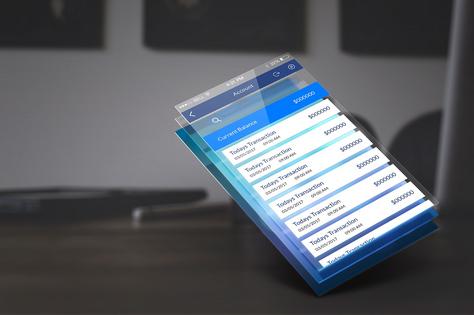The Educational Steps to Becoming a UX/UI Designer
Published in EDU Advice
Embarking on a career as a UX/UI Designer usually starts with a bachelor's degree in fields such as User Experience Design, Graphic Design, Computer Science, or a related area. These programs provide students with a solid understanding of design principles, color theory, typography, and computer graphics. Moreover, they often include an introduction to essential software like Adobe Creative Suite and Sketch.
However, UX/UI design is a specialized field, blending aspects of psychology, business, market research, design, and technology. Therefore, some professionals opt for a master’s degree in Human-Computer Interaction, Interaction Design, or a similar field to deepen their understanding of user behavior and advanced design methodologies.
What sets many UX/UI designers apart is not just their education but also their portfolio. Real-world experience in designing user-friendly interfaces, either through internships, freelance work, or personal projects, is invaluable. Building a robust portfolio showcasing design skills and the ability to solve user problems is often as crucial as formal education.
Given the technological nature of the role, UX/UI designers need to be proficient in a variety of tools and programming languages. Knowledge of HTML, CSS, and JavaScript is often beneficial, as is experience with prototyping tools like Figma, InVision, or Axure. Many of these skills can be acquired or enhanced through online courses, bootcamps, or self-study.
Professional certifications, like the Certified User Experience Designer (CUXD) or Certified User Interface Designer (CUID), can also be advantageous, demonstrating a commitment to the profession and a mastery of core competencies.
In the rapidly evolving digital landscape, continuous learning is integral to a UX/UI designer's career. Staying abreast of the latest design trends, tools, and techniques, by attending workshops, webinars, and industry conferences, is a must.
In essence, becoming a UX/UI Designer involves a blend of formal education, real-world experience, mastery of relevant tools, and an ongoing commitment to learning and adapting to the fast-paced world of design.
This article was generated by Open AI with human guidance and editing along the way.









Comments